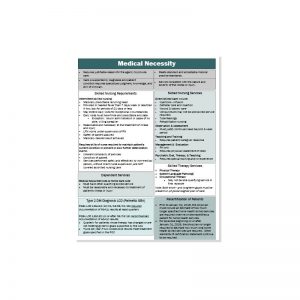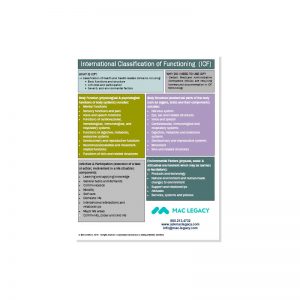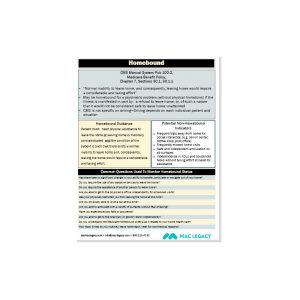Clinical documentation is a constant struggle as clinicians deal with tight time schedules due to increased responsibilities. One effective way to justify and individualize patients’ information on homebound criteria and medical necessity, in particular, is through the use of ICF language. ICF stands for International Classification of Functioning. When examining the exact reason a patient…
Clinical documentation is a constant struggle as clinicians deal with tight time schedules due to increased responsibilities. One effective way to justify and individualize patients’ information on homebound criteria and medical necessity, in particular, is through the use of ICF language. ICF stands for International Classification of Functioning. When examining the exact reason a patient cannot leave their home and/or requires home health or hospice services, factors such as the effect of disease on their body function and/or body structure reveal a more accurate “picture” of the patient. ICF, when used in its full scope, is rather complex, but it can be simplified to meet the needs of organizations providing care in the home. Dr. Harry Feliciano, a Senior Medical Director for Palmetto GBA released an article in 2013 called “Going Beyond Diagnosis”. In this document, he discussed the use of ICF language to more accurately describe an individual’s impairments by specifying how their disease was affecting body function or body structure. Other aspects such as environmental factors and ability to participate in activities can also be identified as complicating components. This method of documentation can substantially reduce an agency’s claims denials of medical necessity and homebound status.



